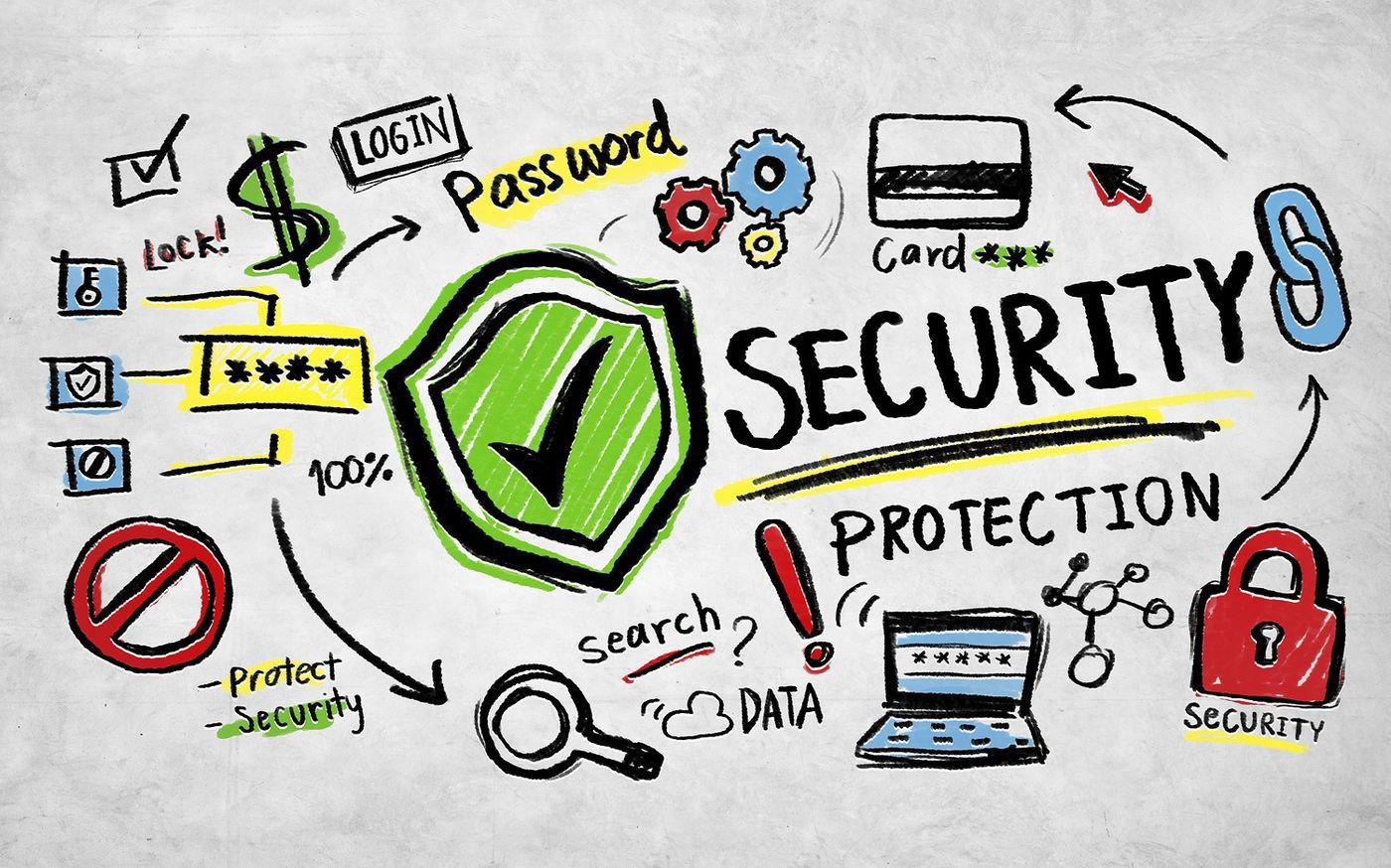7 Characteristics of a Successful Cybersecurity Policy
Editor's note: This article was originally posted in 2016. It has been updated to reflect the latest information and insight.
Does your company have a cybersecurity policy? If so, how well-developed is it? Does it apply equally well to every area in which you do business, providing consistent protection from both interior and exterior threats without hindering productivity? How quickly can you recover from a data disaster?
Cybersecurity can seem intimidating at first, but one of the most important steps you can take to reduce your exposure is to implement and maintain an effective cybersecurity policy.
What does that mean? I can help. I’ve worked in IT for more than 15 years and as manager of information security and compliance at Kelser, I’ve helped countless business leaders like you understand the important elements to include in cybersecurity policy.
The important thing to remember is that cyber criminals are endlessly innovative and the threats are constantly evolving. Implementing and updating best practices for security helps combat these threats, but it must be an ongoing process.
When millions of dollars in damages could potentially be on the line, those who invest in the right preparation beforehand consistently come out on top.
So, what does an effective cybersecurity policy look like? The short answer is that it depends. While many of the details may be specific to your industry and customers, there are seven main points that all successful policies share. In this article, I’ll explain each of those characteristics.
After reading this article, you’ll have the information you need to craft or update your cybersecurity policy so that it is ready for any eventuality.
What Is A Cybersecurity Policy?
An effective cybersecurity policy enables workers to work effectively in a secure environment. The policy must serve both of those needs at the same time.
Your industry may require compliance with security standards, but if you don’t balance the need for compliance with the need to maintain (or enhance) user productivity, you may find that employees use workarounds that fall outside of cybersecurity best practices.
So, what makes a cybersecurity policy successful?
7 Characteristics of a Successful Cybersecurity Policy
In my years of IT experience, I’ve noticed common characteristics of successful cybersecurity policies. Here are seven of them:
1. It's Usable
The first and most important thing about your policy is that it must work. While this may seem like a given, you'd be surprised how many otherwise-successful corporate cybersecurity policies hinder performance more than they help.
A usable cybersecurity policy is one that is powerful enough to block unauthorized network intruders, but permissive enough to let your employees and business partners use the information they need in a streamlined way.
...your cybersecurity policy should be easy to understand.
Usable means that your cybersecurity policy should be easy to understand. This ensures that every single employee in the company, no matter their title or function, fully understands what threats are being addressed and how to play their part.
Usable cybersecurity policies can only be effective when every member of the company shares responsibility for maintaining security. A chain is only as strong as its weakest link—and you should assume that cybercriminals will eventually find that link.
Related article: 6 Easy, Cost-Effective Cybersecurity Solutions
2. It Evolves Over Time
What kept sensitive data secure last year (or even last month) may not adequately address the threats of today.
Cybercriminal behavior changes over time, and unless corporate information security adapts just as quickly, criminals will exploit the gaps. The only way to address threats is to view cybersecurity as a journey, rather than a race. The fact is, it will never be done.
With that thinking in mind, your cybersecurity policy should be reviewed and updated every 6-12 months. Keep in mind that the policy must be reviewed, adjusted and approved before it can be implemented. Maintain copies of past cybersecurity policies so that you can revise and perform audits without repeating past mistakes.
In addition, regularly call together your cybersecurity team to address new issues as they arise.
3. It Accounts For Human Error
We're all human and we all make mistakes.
Employees might send sensitive documents through unsecured email accounts. Others might write down passwords on sticky notes. Maybe someone opens an email attachment from an untrusted source. All it takes is a single moment of inattention.
This is exactly why most of the heavy work in your cybersecurity infrastructure should be automated. The more you can automate, the less room for employees, vendors, suppliers and distributors to make mistakes.
Although mistakes can occur even within this context, a flexible and well-adjusted cybersecurity policy will provide the framework necessary to undo errors or quarantine things when needed.
Make sure you have protocols in place that limit the amount of damage that can be done.
Related article: Why Is It Important To Provide Security Awareness Training For Employees?
4. It's Standardized & Followed By Everyone
Standardization means that all members of your team adhere to the same rules when it comes to handling company data.
When everyone in your office uses computers to work, it no longer matters what department they're in or what access they have—an entrance into the system is an entrance into the system. Your data may be exposed.
Every member of your team needs to understand your policy and be responsible for enforcing it. Your policy must include consequences for noncompliance and an oversight team that enforces these consequences.
5. It's Multidisciplinary
Your cybersecurity policy must bridge the needs of all stakeholders, giving equal voice to their needs and concerns, and relying on input from people who know how their departments work.
A robust, standardized cybersecurity policy applies equally well to the mechanics of your finance department, research and development, or corporate leadership.
The policy must be designed to function within a variety of contexts, providing a streamlined framework and consistent method for authorized data access and communication.
6. It Plans For Exceptions
In an ideal world, there would be no exceptions to the rules. However, we don't live in an ideal world.
In drafting your cybersecurity policy, you may not have covered all of the bases. As a result, be prepared to offer a standardized exception process that is documented, accountable, and well-organized.
7. It Explains How to Handle Incidents
Even the most comprehensive cybersecurity policy might not be enough. Vulnerabilities may be discovered, sensitive data might be exposed, and you may have to quarantine certain elements of your network in order to keep your business safe.
Include decisive, responsive, and reliable solutions to a variety of possible threats and incidents.
What’s Next?
After reading this article, you have a full understanding of the 7 characteristics of a successful cybersecurity policy.
You know that to be effective, cybersecurity policies must: be usable, evolve over time, account for human error, be standardized and followed by everyone, take a multidisciplinary approach, plan for exceptions, and explain how to handle incidents.
You know the importance of staying ahead of the latest cybersecurity threats.
At Kelser, we help customers keep one step ahead. Our proactive and comprehensive managed IT support services ensure that our customers are optimizing their IT to ensure success today and in the future.
We know that managed IT support isn’t the right solution for everyone. That’s why we publish articles like this one that provide unbiased information you can use to find the solution that is the best fit for your organization.
If you are curious about managed IT and want to learn more, check out this article: What Is Managed IT? What’s Included? What Does It Cost?
Wondering whether managed IT is a good fit for businesses your size? We answer that very question in this article: Is My Business Too Small For Managed IT Support?
Have your cybersecurity policy in place? Looking to take the next step? Read this article: A 10-Step IT Disaster Recovery Plan You Can Implement.
Is your organization ready to combat the latest cybersecurity threats? Not sure? Click the button below for your free cybersecurity checklist to learn where you have gaps and build in extra data protection today.




